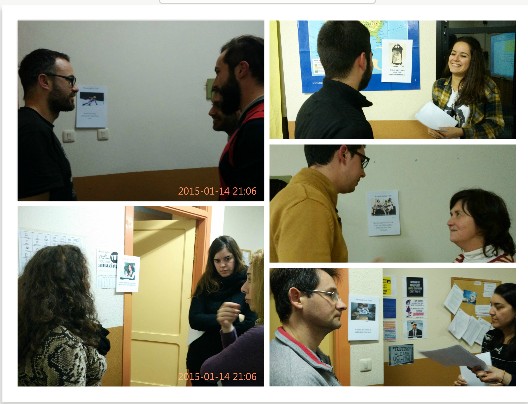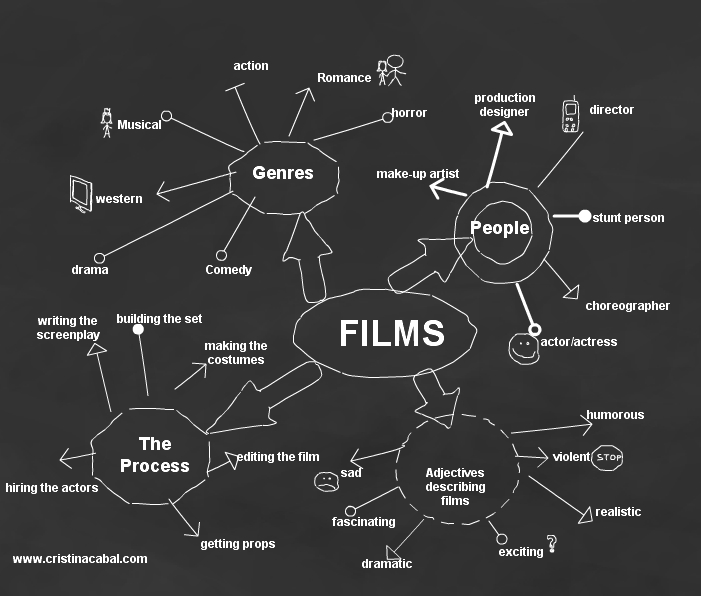My beloved father was a chauvinist doctor and my mother was an undercover feminist. I am sure you’ve heard the saying “opposites attract”and that appeared to be the case with my parents. It was not an easy combination to live with. My father was the main breadwinner and my mother was the housewife. These were their roles in the house and to be honest, I don’t think my mother had an issue with that arrangement. The problem was he expected us (three sisters) to fully cooperate doing housework while my only brother did nothing but smile when we complained it was unfair. My father, on the other hand, and contradictorily, expected us to get the best marks at school ’cause we were expected to go to university and get a degree so as not be the housewife my mother was. Who understands men? 😉
Today I want to share with you a lesson I did with my Intermediate students about Gender Stereotypes. This is a lesson where common general stereotypes about men and women are challenged.
Level: B1/B2
Aim: Get students to discuss general stereotypes about men and women using different expressions to give opinion.
STEPS
1. Give handouts containing expressions used to give opinion. Here. Encourage students to use a variety of expressions when they give opinion.
2. Ask Do you know any stereotypes about men and women? Instruct students to talk for about five minutes and then ask them to give feedback.
3. Play the video Differences between Men and Women to get students into the mood. It’s a funny little video. I hope nobody takes offence.
4.Using Blue-tack, stick the posters containing the statements they need to discuss on the walls of the classroom. Posters here

5. Ask students to, working in twos or threes, wander around the classroom and randomly choose the posters they want to discuss.

Sticking posters on the walls of the classroom enables students to get out of their seats and talk to different people. As always it is important to make sure they understand the importance of using English and only English.
Learn English and have fun!


